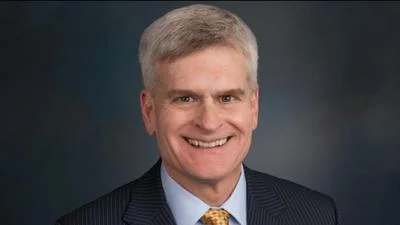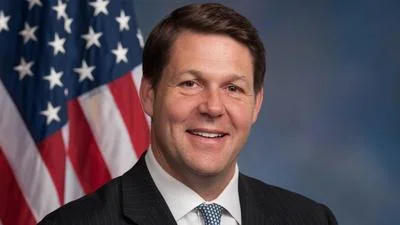In an Environment and Climate Change Subcommittee hearing, Subcommittee Republican Leader David B. McKinley (R-WV) spoke about the Environmental Protection Agency’s (EPA) “Brownfields” program.
Excerpts and highlights from his prepared remarks:
HISTORY BEHIND BROWNFIELDS
“Congress last reauthorized the Brownfields program in 2018.
“I was honored to lead bipartisan legislation, which was signed into law, that improved the program by expanding eligibility to non-profits, creating a new grant so communities can have the flexibility to cleanup multiple Brownfields, making it easier for small and rural communities to participate in the program, and doubled the amount of money for grants.
“I look forward to today’s discussion ahead of reauthorizing the program again next year.
“But let’s put things into perspective.
“Over a century ago, manufacturers selected these sites because they were in prime locations. They were near rivers, rail, and roads. They were in highly visible locations. There were no zoning laws.
“But over time, economies changed, and these companies left town.
“These sites became eyesores, leaving hulking, abandoned steel structures, and crumbling brick.
“They were potentially contaminated and new businesses don’t want to take on that liability, so they locate elsewhere. And in doing so, those blights remain.
“The Brownfields program has a proven track record of revitalizing these communities.
“Today the Committee is joined by Pat Ford. He is one of the best in the business when it comes to Brownfield remediation and across West Virginia his projects have created jobs, expanded tax revenue streams, and revitalized the communities around them.”
REDEVELOPING BROWNFIELDS
“Just consider the Weirton Steel location, located in the heart of Weirton, WV, 1,300 acres of steel manufacturing.
“It was the sixth largest steel producer and employed about 16,000 steelworkers.
“But after a series of bankruptcies and sales, the plant was abandoned, leaving a massive vacant plant rusting away right in the heart of downtown.
“But state and local officials and business leaders, like Pat, have teamed up to redevelop this old site.
“They’ve leveraged about $90,000 from EPA, to bring in over $123 million in public and private investments. And those investments will create 2,500 jobs.
“But that’s just one example.
“Pat has worked on other successful projects across the northern panhandle of West Virginia, like the Beech Bottom Industrial Park, the Brooke Glass Site in Wellsburg, and the Port of West Virginia in Follansbee.
“Projects like those are bringing in 5,300 jobs and $474 million in total investment and have lowered the unemployment rate from nearly 14% to 3.4%.
“The Brownfields program is one of the few economic development tools that truly benefits small and rural communities.
“So, as this Committee begins writing the program’s next reauthorization, let’s build on its successes.
“It’s this Committee’s responsibility to ensure that the Brownfields program remains a public-private partnership and doesn’t turn into a federal bailout.”









